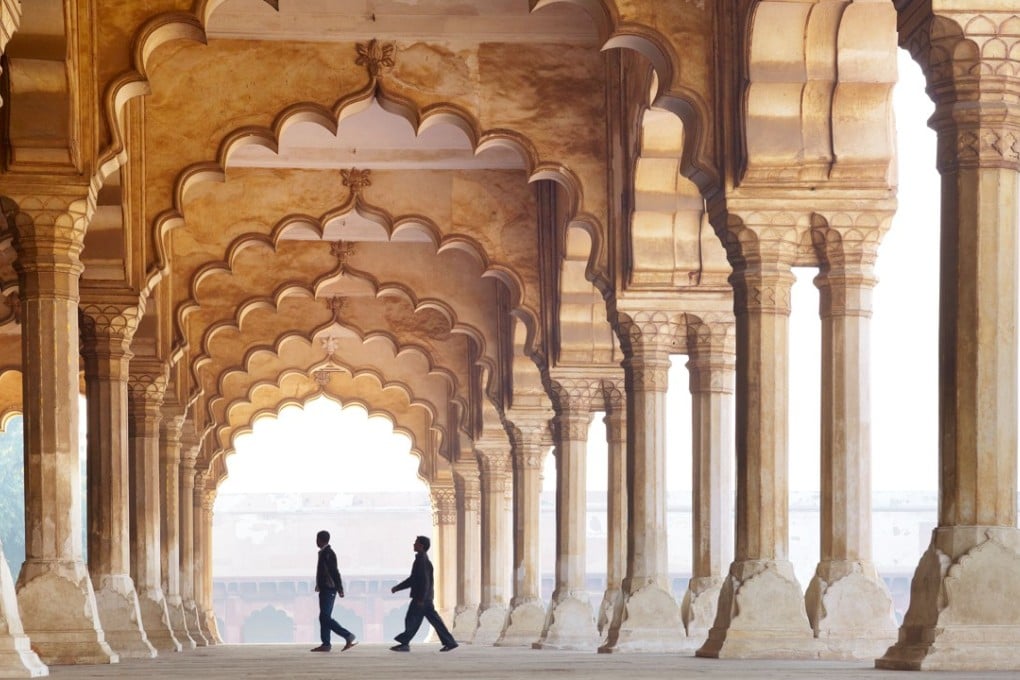Five things to do in Agra – once you’ve visited the Taj Mahal
You’ve braved the crowds, seen the iconic monument and got your selfie. Now it’s time to explore what else Agra has to offer, from markets and street food in the old town to Agra Fort and an abandoned 17th century city


You have followed in the footsteps of Leonardo DiCaprio, Oprah Winfrey and countless tourists, to get that iconic shot on the stone bench facing the edifice. And you have listened to your guide prattle on about the romantic legends surrounding 17th century Mughal emperor Shah Jahan’s monument to his deceased wife, Mumtaz Mahal.
So, what next?
The good, the bad and the ugly sides of the Taj Mahal
To experience Agra beyond the standard Taj tour, take your pick from a wealth of Mughal-era monuments, exploratory food walks and thrilling cycle-rickshaw rides through the old city.

1. An alternative view of the Taj
To enjoy the Taj while avoiding the shoving crowds, head to Mehtab Bagh across the Yamuna River an hour before sunset. This garden complex predating Taj Mahal by more than 100 years is the perfect spot for a panoramic view of the marble monument, with the thin sliver of the drying river in front.